Market Trends
Key Emerging Trends in the Sports drink Market
The sports drink market is experiencing notable trends shaped by evolving consumer preferences, health awareness, and changing lifestyles. A significant trend in recent years is the increasing demand for functional beverages that cater to fitness enthusiasts and individuals leading active lives. Sports drinks, with their electrolyte content and hydration benefits, have gained popularity among consumers looking for beverages that support their workout routines and replenish essential nutrients. This trend is fueled by a growing awareness of the importance of staying hydrated and maintaining electrolyte balance, not only during intense physical activities but also in daily life.
Health and wellness considerations are driving innovation in the sports drink market. Consumers are seeking beverages that not only provide hydration but also offer additional health benefits. As a response, sports drink manufacturers are introducing formulations with natural ingredients, reduced sugar content, and added vitamins or antioxidants. The shift towards healthier beverage options aligns with the broader trend of consumers making conscious choices to support their well-being.
Convenience remains a key factor influencing the sports drink market. With busy schedules and on-the-go lifestyles, consumers are looking for beverages that are portable and easily accessible. This has led to the popularity of sports drinks in convenient packaging, including ready-to-drink bottles and powder mixes. The convenience factor is further accentuated by the growth of e-commerce, allowing consumers to order sports drinks online and have them delivered to their doorstep, ensuring easy access to their preferred beverages.
In response to the global push towards sustainability, the sports drink market is witnessing a surge in eco-friendly practices. Consumers are increasingly environmentally conscious, prompting sports drink manufacturers to explore sustainable packaging options, reduce plastic usage, and implement recycling initiatives. Brands are recognizing the importance of aligning with eco-friendly values, not only as a response to consumer expectations but also as a way to contribute positively to the environment.
Flavor diversity is another key trend shaping the sports drink market. Consumers are looking for refreshing and unique flavor profiles beyond the traditional offerings. Sports drink companies are responding by introducing a variety of flavors, including exotic fruit blends and natural extracts. This diversity allows brands to appeal to a wider audience and cater to the evolving taste preferences of consumers who seek exciting and novel beverage experiences.
Technology is playing a role in enhancing the consumer experience in the sports drink market. From interactive mobile apps providing personalized hydration plans to smart bottles that track fluid intake, technology is being integrated to offer more than just a beverage. These innovations aim to engage consumers, provide real-time feedback on hydration levels, and create a more interactive and personalized relationship between the brand and the consumer.
While the sports drink market is experiencing positive trends, challenges persist. Intense competition, regulatory considerations, and potential saturation in mature markets are factors that brands need to navigate. Adapting to changing consumer preferences and effectively communicating the health benefits of sports drinks will be crucial for sustained success in this dynamic market.

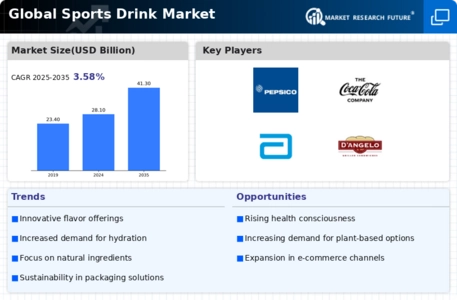

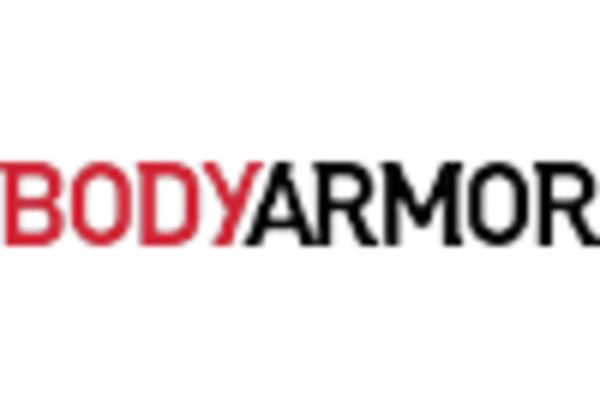
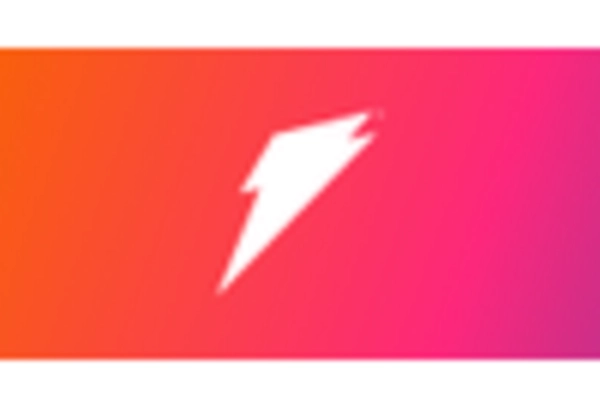
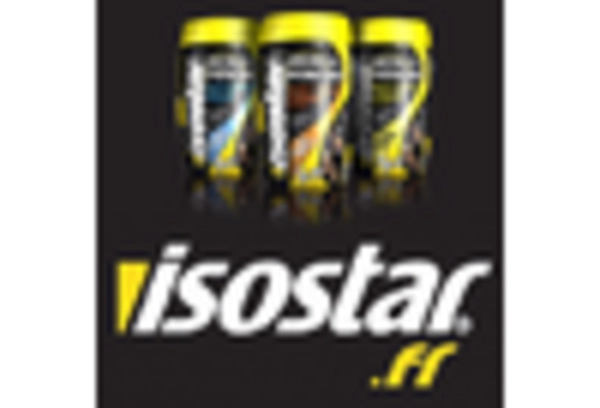
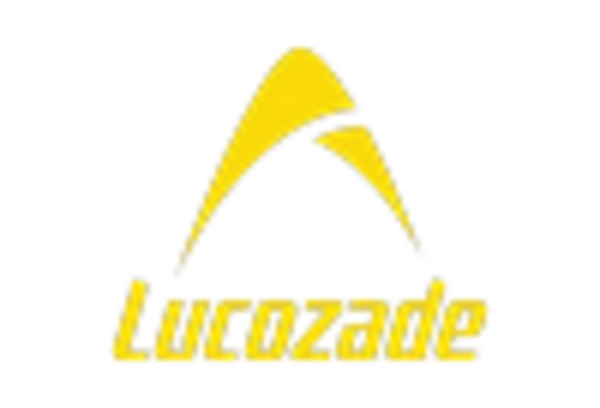
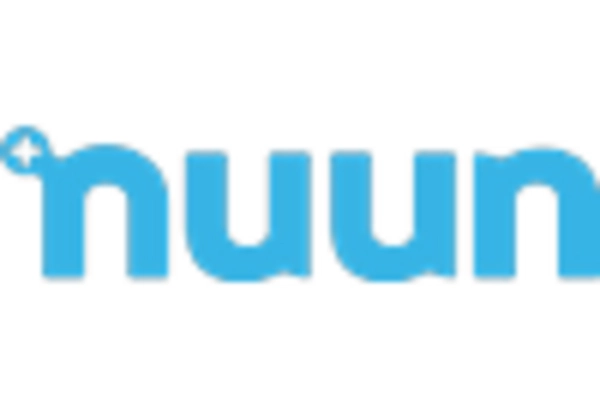
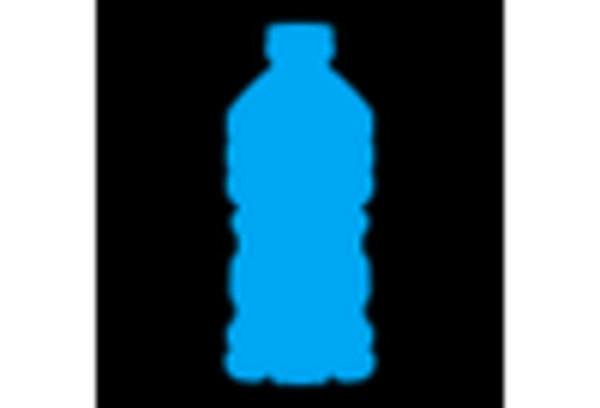

Leave a Comment